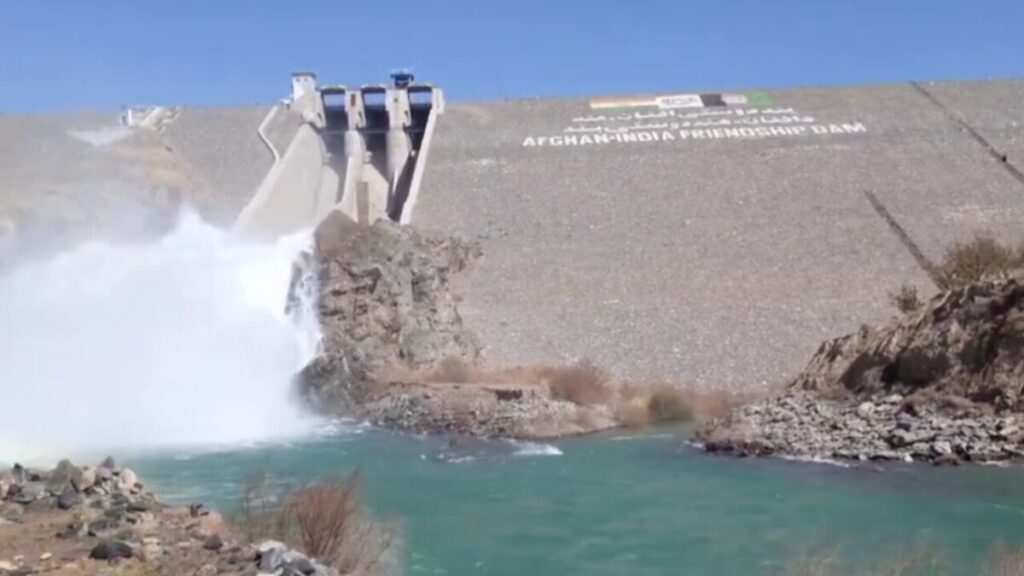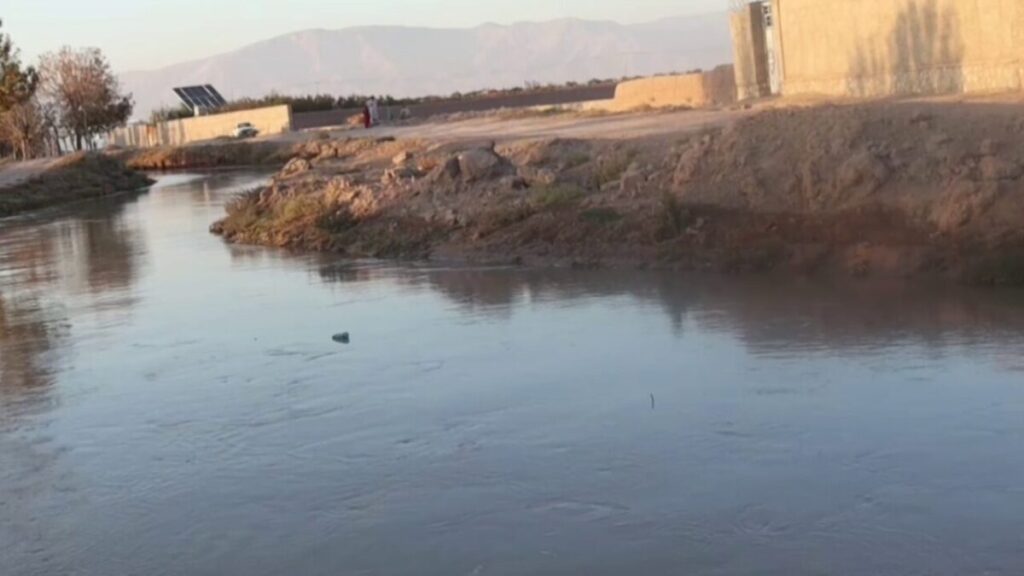HERAT, Afghanistan — Farmers in the western province of Herat are calling for improved management of water from the Salma Dam, urging for efforts to ensure that the resource is preserved for irrigation and used equitably across districts.
Currently, water from the dam, located in the Chisht-e-Sharif district, flows into several villages in the Chisht-e-Sharif and Obeh districts. Farmers in these areas say better oversight is needed to prevent waste and to restrict the flow of water into neighboring Iran.

“We request the government to release the water from Salma Dam in a way that it is not wasted — meaning it should be released only when needed and in amounts necessary,” said Sultan Ahmad, a farmer in Herat. “Additionally, the government must prevent the water from flowing into neighboring countries.”
Meanwhile, farmers in other districts, including Karukh and Khoshk-e-Kohna, complain of severe water shortages, forcing them to purchase water at high prices. They are demanding that the Taliban authorities distribute Salma Dam’s water more fairly.
“Farmers need water. Without water, there can be no farming,” said Hafizullah, a farmer. “If the Salma Dam water is released, farming will flourish. As you know, agriculture involves a lot of hard work.”

The Salma Dam, also known as the Afghan-India Friendship Dam, is a vital piece of infrastructure in the region. It stretches 20 kilometers in length and three kilometers in width, with a storage capacity of 640 million cubic meters of water. The dam is capable of irrigating 75,000 hectares of farmland, offering significant potential for agricultural development in Herat and beyond.
Despite its potential, the dam has been a source of contention, with disagreements over water distribution and concerns about water flowing into Iran complicating efforts to fully realize its benefits.
Farmers are urging the Taliban to address these issues and prioritize equitable and efficient management of the dam’s resources to support agricultural livelihoods in the region.





